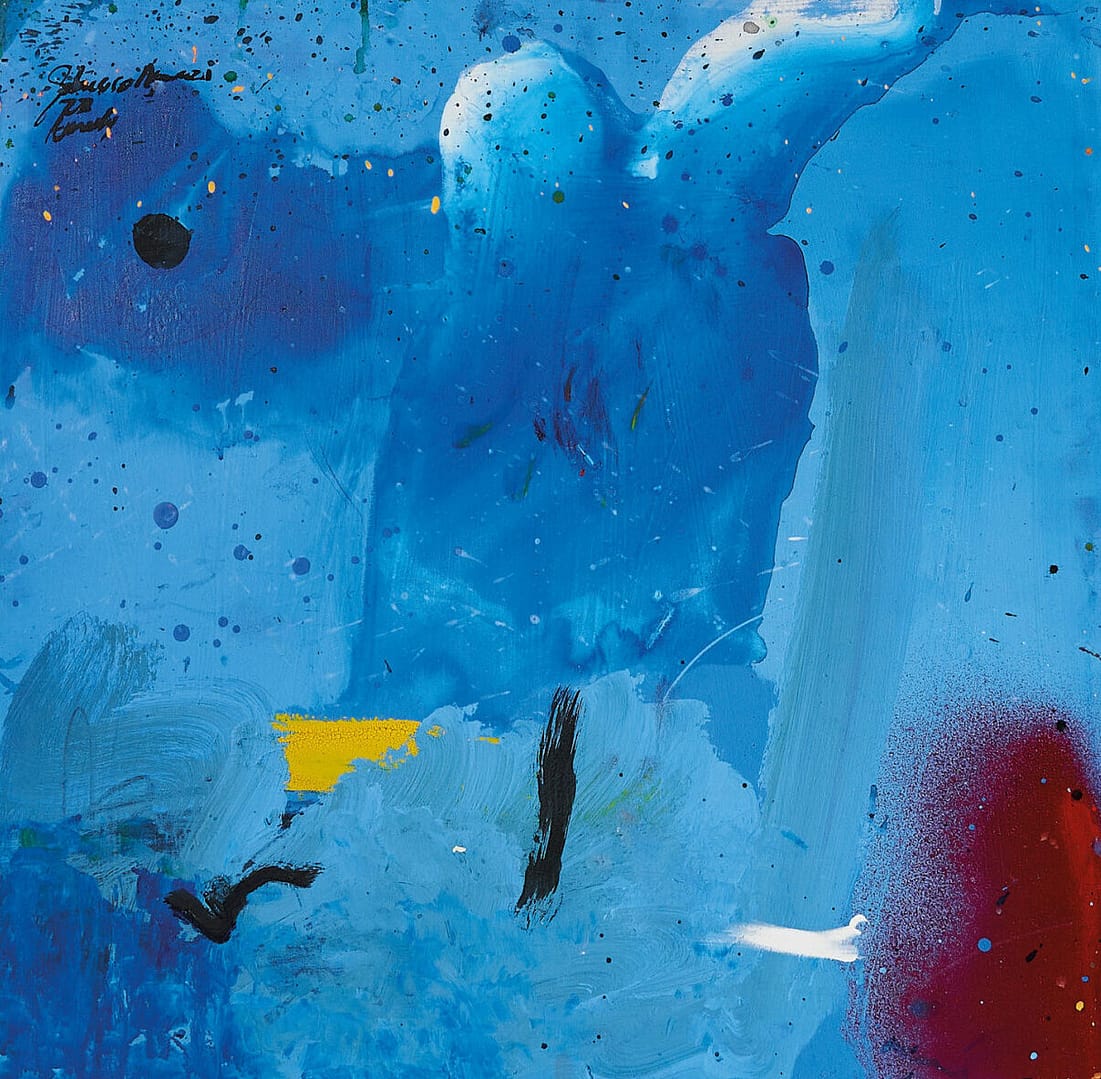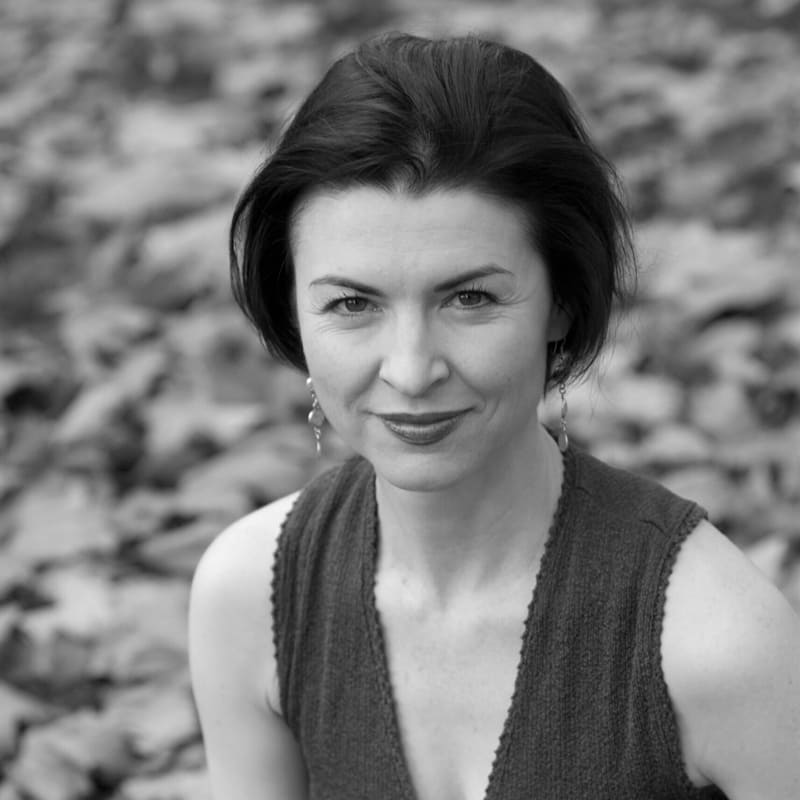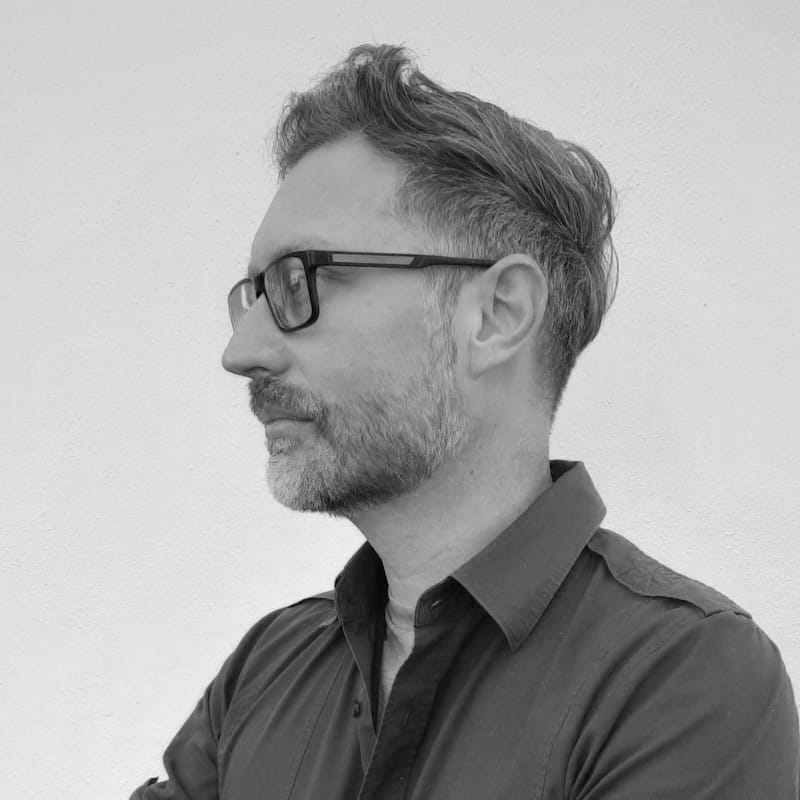OKUSHALIST
SIBUSISO NGWAZI
Life is like a line, not a straight line, but one that flows like water’, the artist says. It is unsurprising, in the middle of a desert, that Ngwazi dreams of being underwater. Desert and ocean are commonly merged in our psyche and our poetics. The dream structure is an ocean, psychoanalysis tells us. As is the desert, a world composed of eddies and flows. If Paul Klee’s remark leaps to mind – ‘a drawing is simply a line going for a walk’ – it is because it speaks to the dynamism built into abstract painting. That Ngwazi begins a painting while masked, so the hand, undirected by the eye, assumes the burden of choreography, reveals the artist’s adoration for instinct, drawing as an action painting, as some Heraclitian flux. It is not the eye that takes the line for a walk, but, more fulsomely, the body. ‘My intention is not to understand the stroke. I hide my eyes, do the stroke, then, in the middle of the painting I remove the mask’. Artists pursue any number of strategies to outwit themselves, to override overthinking. For Ngwaze, blindness is integral to creating. When the paintings are revealed, half-way through the process, ‘there is a surprise – a n ew world’. Is Ngwazi a mariner, intrigued by uncharted territories? A mapmaker for an unknown world? A blind man in a world of the narrowly sighted? It certainly seems so. ‘I create a system driven by emotion’, he says. ‘System’ is a curious word, ‘a system driven by emotion’, more so. Does he believe, after Sigmund Freud and Jacques Lacan that the unconscious possesses a structure? Can one speak of an emotional language that is as gnomic as it is decipherable? In Ngwazi’s paintings, it is this associative yearning that impels us. We venture into his paintings, as though upon an ocean, or a Heraclitian desert, ‘trackless and unexplored’. There, in the shapeless-yet-shaping midst of a painting, we find our own coordinates. Because no form is ever quite structured – circular form reads more like an iridescent blob, a line as something lambently inarticulate – reaffirms the artist’s love for a shaping shapelessness. Then Ngwazi has evolved in the sense that he has taken inspiration from ordinary household innate objects like a vase and hat. These object inspired him to create this body of work which illuminate his already existing conscious of using life a inspiration.
See more of Sibusiso’s work and exhibitions or contact him for a commission on www.instagram.com/paintsibu



